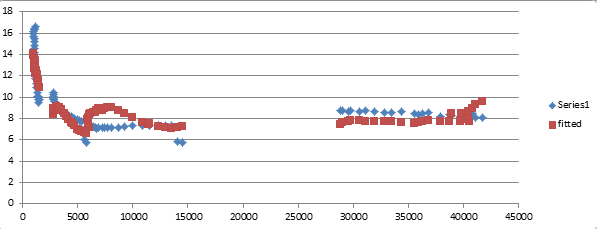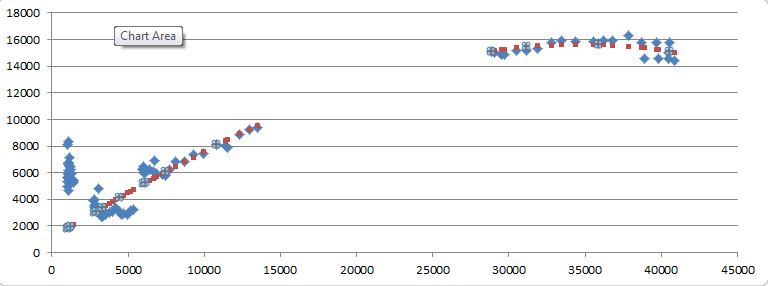Dear Trish,
I’m writing to you to express my concern about the medical consensus that has slowly formulated around the use of face masks in public settings as a measure to mitigate against the spread of COVID-19. I read your
bmj article on the subject and was frankly alarmed at the arguments you used to back this position.
Having looked at the issue in some detail, it seems reasonably clear that there is at best, as you put it, ‘sparse and controversial’ evidence that face masks stop the spread of SARS-Cov-2 in the community setting.The fact that you nevertheless argue in favour of such measures, on the basis that you see them as essentially costless – “we have little to lose” – is deeply worrying.
Mandatory rules around the use of masks in public are far from costless. In the first instance, they have important and detrimental consequences on the hearing impaired, who rely on lip reading to understand and contextualise verbal meaning. More generally, facial expression is an intrinsic part of human interactions; physical barriers impede not only droplets of saliva, but also the visual appreciation of body language which is a large part of the context in which speech is delivered.
Second, there is the economic and environmental cost of mass production, dissemination and disposal of face masks. A single mask is of low cost, but multiplied by millions, it represents a not-insubstantial addition to our impact on the planet, and a related economic burden, particularly on the most vulnerable in our society.
Finally, and perhaps most importantly, the very act of mandating an accoutrement of this kind entails a system of state intervention and imposition on public life. The symbol value is strong; it is a mark of control, just as certain religions mandate the use of clothing to demarcate adherence to doctrine; just as military and law enforcement mandates the wearing of uniforms to instil discipline and diminish any instinct towards individualism which might threaten the goals of the collective.
Indeed, the very requirement to conform is a small – but persistent and deep – incision into our liberties. It lessens our individuality all the more to have the most expressive and personal part of our anatomy covered from view in public, and it allows the state and the medical establishment to dictate our behaviours, not – I repeat – on the basis of any substantiated scientific knowledge, but rather on the whim of a cadre of experts, who merely deem it possible that this measure could have a beneficial effect.
Apropos the beneficial effect: Your article was written in early April, when less was known about the shape and scale of the COVID threat. Though even at that stage the contours of the epidemic were crystallizing as less than apocalyptic, there was still some concern that COVID could carry with it an infection fatality rate of as high as 1-2%, with an infected population of 70 to 80% of the general population.
It is now amply clear to anyone who takes an honest look at the data that this worst case scenario is not only implausible, but in fact nearly impossible. In Belgium, where I live, almost all lockdown measures have been relaxed since early June – schools reopened, shops, bar and restaurants are full – all with no effect on new ICU admissions. Hospitals are almost completely empty.
Indeed, as some experts wisely predicted even at the time, populations would reach full exposure (Belgium, France, Northern Italy, most of the UK, New York) as the disease followed a classic gamma trajectory, with heavy left skewness; whereafter the rate of new infection would cease to be a major public health concern. The infection fatality rate will never exceed 0.01%, and is even lower when measured in quality adjusted life years.
As the evidence gathers, in fact, it becomes increasingly obvious that the lockdowns put in place had only marginal or no effect on the spread of the disease, and that to the extent they did anything, it has been only to slow the virus’ inevitable progression across the population.
In this context, your core argument for insisting on the use of face masks: “covid-19 is a serious illness that currently has no known treatment or vaccine and is spreading in an immune naive population. Deaths are rising steeply, and health systems are under strain.” appears much less compelling than it perhaps did in April.
Given the above, I would ask you to reconsider your position as expressed in the article, and work with your co-authors to publish a corrigium, in which you argue against the mandatory use of face masks in the community setting.
The stakes are, in fact, quite high.
Kind regards,
Graham Stull



